In today’s fast-paced world, we often seek deeper meaning and peace. Many turn to the Bhagavad Gita for wisdom. This ancient Hindu text offers insights on purpose, duty, and a fulfilling life.
The Bhagavad Gita is part of the epic Mahabharata. It’s a conversation between Arjuna and Krishna on a battlefield. It teaches us valuable lessons on living, helping us face today’s challenges.
A serene landscape depicting a flowing river surrounded by lush greenery, with a majestic mountain in the background. Gentle rays of sunlight filter through the trees, creating a peaceful atmosphere. In the foreground, an ancient, intricately carved stone tablet rests on the grass, symbolizing wisdom and knowledge. The overall scene embodies tranquility and reflection, inviting contemplation on timeless life lessons.
Key Takeaways
- The Bhagavad Gita offers ancient wisdom with profound relevance to modern-day life
- Its teachings on purpose, duty, and self-discovery can provide guidance for contemporary challenges
- The Gita’s insights on managing the mind, emotions, and actions can cultivate inner peace and resilience
- Applying the Gita’s principles of karma yoga and detachment can help overcome fear and anxiety
- The Gita’s ethical framework can inform ethical decision-making and build resilience
Understanding The Bhagavad Gita’s Timeless Relevance
The Bhagavad Gita is a beloved Hindu scripture that has touched the hearts of millions for centuries. It is known for its deep spiritual guidance and timeless wisdom. This ancient text remains highly relevant today. Let’s explore its origins, historical importance, and how it applies to our lives now.
Origins and Historical Significance
The Bhagavad Gita is a key part of the epic Mahabharata, a major Sanskrit text in Hindu literature. It was written between the 5th and 2nd centuries BCE, a crucial time in Indian history. The Gita takes place on the battlefield of Kurukshetra, where Arjuna grapples with a moral crisis before a war.
Through a conversation between Arjuna and Krishna, the Gita explores human existence. It discusses duty, purpose, and the self. This text has deeply influenced Indian spirituality and philosophy, and has also captivated readers globally with its universal insights.
Contemporary Application of Ancient Text
In today’s fast-paced world, the Gita‘s wisdom is still relevant. It teaches about karma, detachment, and inner peace. These lessons help us deal with modern life’s challenges.
Studying the Gita can help manage stress and find emotional balance. It encourages selfless action and duty, inspiring a sense of purpose in work and relationships.
The Gita also offers insights on the self and reality, attracting scholars and spiritual seekers. It provides a unique view on human existence and our role in the universe.
As the world changes, the Gita remains a source of spiritual guidance and wisdom. It inspires people to ponder life’s big questions and seek a more meaningful existence.
Life Lessons from The Gita for Modern Living
The Bhagavad Gita’s wisdom is timeless and full of life lessons for today’s world. It teaches us how to deal with life’s challenges and find purpose and inner peace.
One key lesson is the need for balance and calm in life’s ups and downs. The Gita teaches us about karma yoga. It shows us to do our actions with detachment, focusing on the journey, not the end result.
The Gita also talks about the value of self-knowledge and spiritual growth. Knowing ourselves and our true purpose helps us overcome ego and find true happiness.
“Perform your duty with equanimity, O Arjuna. Equanimity is yoga.”
Furthermore, the Gita shares insights on the mind and emotional regulation. These teachings help us manage stress and anxiety. By being mindful and understanding our thoughts, we can face life’s storms with grace.
In the end, the life lessons from the Gita give us a guide for a fulfilling life. They help us connect with ourselves, our purpose, and the world.
A serene landscape depicting a peaceful river flowing through lush greenery, with a silhouette of a meditative figure seated under a banyan tree, surrounded by glowing orbs of light representing wisdom, and ancient scrolls scattered at the base of the tree, symbolizing timeless knowledge and teachings from The Gita.
Krishna’s Essential Teachings on Purpose and Duty
In the Bhagavad Gita, Krishna shares wisdom on life’s purpose and righteous duty. At its core is dharma, the natural order and our inherent responsibilities.
Understanding Dharma in Daily Life
Krishna says true fulfillment comes from actions that benefit others, not just our desires. He teaches us to find our dharma, our unique role and duties. This path helps us face life’s challenges with purpose and clarity.
Balancing Personal Goals with Social Responsibilities
The Gita teaches us to balance our personal dreams with the needs of others. Krishna advises us to pursue our goals, but think about how they affect others. This way, we find fulfillment in helping others without being controlled by our ego.
The Concept of Selfless Action
- Krishna’s main message is the power of karma yoga, or the yoga of action. He stresses the importance of selfless, dutiful actions, done without attachment to their outcomes.
- By not seeking personal gain, we can break free from ego and find true freedom in our actions and relationships.
- This idea of nishkama karma, or “action without desire,” is key to the Gita’s teachings on purpose and fulfillment.
Krishna’s teachings guide us to find our higher purpose and overcome life’s challenges. By following the Gita’s wisdom, we can lead a meaningful life, contribute to others, and grow spiritually.
Mastering the Mind Through Gita’s Wisdom
The Bhagavad Gita, an ancient Indian text, offers deep insights into the human mind. It shows how to use its power. This wisdom can change lives, helping us find inner peace and overcome challenges.
The Gita teaches about mind control and mental discipline. Krishna, the divine teacher, says mastering our thoughts and emotions is key. This leads to true harmony and fulfillment.
Cultivating Mental Clarity
The Gita suggests quieting the mind through meditation and introspection. This lets us tap into our bhagavad gita wisdom. We gain a deeper understanding of ourselves and the world.
- Meditate regularly to calm the mind and cultivate inner stillness.
- Practice mindfulness to observe your thoughts and emotions without judgment.
- Engage in self-reflection to gain insight into your thought patterns and behavioral tendencies.
Mastering Emotions and Impulses
The Gita teaches us to manage our emotions and impulses. These can be our biggest challenges. By detaching from ego-driven desires, we can handle life’s ups and downs better.
- Cultivate equanimity in the face of joy and sorrow, success and failure.
- Develop the ability to respond, rather than react, to difficult situations.
- Embrace the Gita’s philosophy of detachment, where you act without attachment to the fruits of your actions.
By following the Bhagavad Gita, we start a journey of self-discovery and inner growth. Mental discipline and emotional mastery unlock our mind’s true power. We find peace and resilience to face any challenge.
“The mind is restless, turbulent, obstinate and very strong, O Krishna; and to subdue it, I think, is more difficult than controlling the wind.”
The Path to Inner Peace and Self-Discovery
The Bhagavad Gita shares ancient wisdom on finding inner peace and self-discovery. This sacred text, part of the Mahabharata, guides us to a harmonious life. It shows how to live in balance, both inside and out.
Meditation Techniques from The Gita
The Gita highlights meditation’s power for spiritual guidance and calm. It teaches various meditation methods. These help quiet the mind, focus, and connect with our true selves.
- Concentration (Dharana) – Focuses the mind on one thing, leading to deep stillness.
- Contemplation (Dhyana) – Deep, uninterrupted thought on self and the divine.
- Detachment (Vairagya) – Achieves balance by not getting caught up in mind or external changes.
Cultivating Emotional Balance
The Gita also guides on handling emotions and staying balanced. It teaches us to manage our feelings, like joy and sorrow. This way, we build resilience, empathy, and understanding of ourselves and others.
| Emotional Qualities Emphasized in The Gita | Description |
|---|---|
| Equanimity (Sama-Tvam) | Keeps a balanced mind, untouched by opposites like pleasure and pain. |
| Compassion (Karuna) | Shows real care for all, acting with kindness and empathy. |
| Forgiveness (Kshama) | Forgives, letting go of resentment towards oneself and others. |
By following the Gita’s wisdom on meditation and emotions, we start a journey to inner peace and self-discovery. This unlocks our full potential and brings harmony to our lives.
Overcoming Fear and Anxiety with Gita’s Guidance
In today’s world, fear and anxiety are common. But the Bhagavad Gita offers ancient wisdom to beat these feelings. Krishna’s teachings show us how to find spiritual guidance and inner strength.
The Gita teaches us to face challenges calmly. Krishna says to focus on the now, not the future. This mindset helps us overcome anxiety and find courage.
“Perform your duty equipoised, O Arjuna, abandoning all attachment to success or failure. Such equanimity is called yoga.”
The Gita also teaches us to accept life’s changes. Recognizing that fear and anxiety pass, we can deal with them better. This spiritual guidance builds our inner strength to handle life’s ups and downs.
- Cultivate a calm and centered mindset to overcome fear and anxiety
- Let go of attachment to outcomes and focus on the present moment
- Embrace the transient nature of life and develop resilience
- Seek Krishna’s teachings and spiritual guidance to find inner peace
By applying the Bhagavad Gita’s wisdom, we can beat fear and anxiety. This spiritual guidance helps us face modern life’s challenges with grace and strength.
Practical Applications of Karma Yoga in Daily Life
The Bhagavad Gita, a timeless Hindu scripture, offers profound insights into the concept of Karma Yoga – the path of selfless action. This ancient wisdom holds immense relevance in our modern, fast-paced world. Here, the pursuit of purpose and fulfillment often takes center stage.
Work as Worship Philosophy
The Gita encourages us to view our work, regardless of its nature, as a form of worship. By approaching our daily tasks with a sense of dedication and detachment, we can transcend the ego. This helps us find deeper meaning in our actions.
This philosophy of “work as worship” helps us cultivate a mindset of purpose and life lessons from the gita. It infuses even mundane activities with a spiritual dimension.
Detachment from Outcomes
A key tenet of Karma Yoga is the principle of detachment from the fruits of our actions. The Gita teaches us to focus on the process rather than the outcome. We should perform our duties with unwavering commitment while remaining unattached to the results.
This practice of detachment fosters a sense of inner peace and resilience. It enables us to navigate the ups and downs of life with greater equanimity.
| Principle | Explanation | Benefits |
|---|---|---|
| Work as Worship | Approaching daily tasks with a sense of dedication and spiritual purpose | Infuses work with deeper meaning, transcends the ego |
| Detachment from Outcomes | Focusing on the process rather than the results, performing duties with commitment while remaining unattached | Fosters inner peace, resilience, and equanimity |
By embracing the timeless principles of Karma Yoga from the Bhagavad Gita, we can unlock the true purpose of life. We find fulfillment in our daily pursuits, even amid the challenges and uncertainties of modern living.
Building Resilience Through Spiritual Knowledge
The bhagavad gita, an ancient Indian scripture, offers timeless wisdom. It helps individuals build resilience and overcome life’s challenges. By exploring its spiritual teachings, we can find practical ways to grow stronger inside and face adversity.
One key lesson from the bhagavad gita is the need for balance. It teaches us to see life’s ups and downs with calmness. We should not get too caught up in success or get down by failure. This wisdom helps us bounce back from setbacks and move forward with determination.
Another important idea from the bhagavad gita is karma yoga, or the path of selfless action. By focusing on the process of our work, not just the results, we find meaning in the journey. This helps us stay committed to personal growth, even when faced with challenges.
“The bhagavad gita reveals to us a vision of the divine working in our lives, inspiring us to live with courage, compassion, and a deep sense of purpose.”
By embracing the bhagavad gita‘s wisdom, we can face life’s obstacles with grace and resilience. Whether dealing with personal setbacks or global challenges, its teachings guide us. They empower us to find strength, purpose, and inner peace.
The Art of Decision Making According to Krishna
In the Bhagavad Gita, Krishna shares deep insights on decision-making. He stresses the need for ethical frameworks and understanding our actions’ outcomes. This guides us towards spiritual growth and fulfillment.
Ethical Framework for Choices
Krishna teaches that our decisions should be based on dharma, or righteous duty. He advises us to put aside personal desires and focus on actions that benefit everyone. By letting go of ego and selfishness, we make choices free from personal biases.
Understanding Consequences of Actions
The Gita teaches that our decisions affect us and others now and in the future. Krishna says it’s crucial to think about how our actions impact us, our loved ones, and society. By understanding karma, we make choices that bring peace and fulfillment.
The Gita’s teachings on decision-making offer a powerful guide for today’s world. By following krishna’s teachings, we can find spiritual guidance and live with purpose and peace.
“The wise man, fixed in contemplation, leaves behind both good and evil deeds. Therefore, devote yourself to yoga, the art of all work.” – The Bhagavad Gita
Conclusion
The Bhagavad Gita has stood the test of time, offering timeless wisdom. It inspires and guides those seeking a richer, more purposeful life. By exploring its life lessons, we gain insights into achieving inner peace and unlocking our true potential.
It teaches us about the essence of dharma and the art of selfless action. It also shows us how to master our minds and cultivate emotional balance. These teachings provide a roadmap for personal growth and self-discovery.
By integrating these principles into our daily lives, we find greater meaning and resilience. We also connect more deeply with the world around us. The Bhagavad Gita’s wisdom helps us make better decisions, overcome fear and anxiety, and live a more fulfilling life.
Embracing this ancient knowledge can enrich and empower us all. It helps us unlock the secrets to living a life of purpose, inner peace, and lasting fulfillment. By allowing it to shape our personal and professional journeys, we can achieve true fulfillment.
FAQ
What is the Bhagavad Gita and why is it considered timeless wisdom?
The Bhagavad Gita, or “Song of the Lord,” is an ancient Hindu text. It’s known as one of the most profound and influential texts globally. It’s a dialogue between Arjuna and Lord Krishna, discussing life, purpose, and the human condition.
The Gita’s teachings on duty, spiritual enlightenment, and personal growth are still relevant today. This makes it a source of timeless wisdom.
How can the Bhagavad Gita’s teachings be applied to contemporary challenges?
The Bhagavad Gita offers valuable guidance for today’s life complexities. It teaches on emotional balance, decision-making, and overcoming fear and anxiety. These teachings can help address common challenges we face.
By applying the Gita’s insights, individuals can cultivate inner peace and resilience. They can find purpose, even in life’s pressures and uncertainties.
What are some of the key life lessons from the Bhagavad Gita?
The Bhagavad Gita teaches many profound life lessons. It emphasizes selfless action, maintaining equanimity, and the need for spiritual knowledge. It also guides towards inner peace and self-discovery.
These teachings inspire individuals to live with purpose. They help find meaning in work, manage thoughts and emotions, and achieve a fulfilling life.
How can the concept of “dharma” from the Gita be applied in daily life?
The Bhagavad Gita’s teachings on dharma guide balancing personal goals with social responsibilities. Understanding one’s dharma helps find purpose and meaning in actions. It honors family, community, and society obligations.
Applying these teachings helps navigate modern life’s complexities. It guides making decisions that align with values and the greater good.
What are the Gita’s insights on mastering the mind and achieving inner peace?
The Bhagavad Gita stresses mental discipline and emotional control for inner peace. It offers meditation and detachment techniques to manage thoughts and emotions. These practices help develop mental clarity and resilience.
By applying these teachings, people can navigate life’s challenges with wisdom and equanimity.
How can the concept of “karma yoga” from the Gita be applied in the workplace?
Karma yoga, or the “yoga of action,” offers a profound view on work and spiritual growth. It teaches to approach work as selfless service, not for personal gain. This perspective can bring meaning and fulfillment to professional life.
Applying karma yoga helps maintain a balanced and productive mindset. It’s especially useful in today’s demanding work environments.
What insights does the Gita offer on building personal resilience?
The Bhagavad Gita provides guidance on building inner strength and resilience. It teaches detachment, acceptance, and the importance of spiritual knowledge. These teachings help face adversity with equanimity.
By using the Gita’s wisdom, people can build resilience. They can navigate life’s uncertainties and setbacks with fortitude.
How does the Gita’s framework for ethical decision-making apply in the real world?
The Bhagavad Gita offers a comprehensive ethical framework for decision-making. It emphasizes aligning choices with dharma and detachment from personal gain. These teachings guide through complex moral dilemmas.
By incorporating these insights, individuals can make informed, ethically-grounded decisions. They gain a deeper understanding of their actions’ impact on themselves and others.

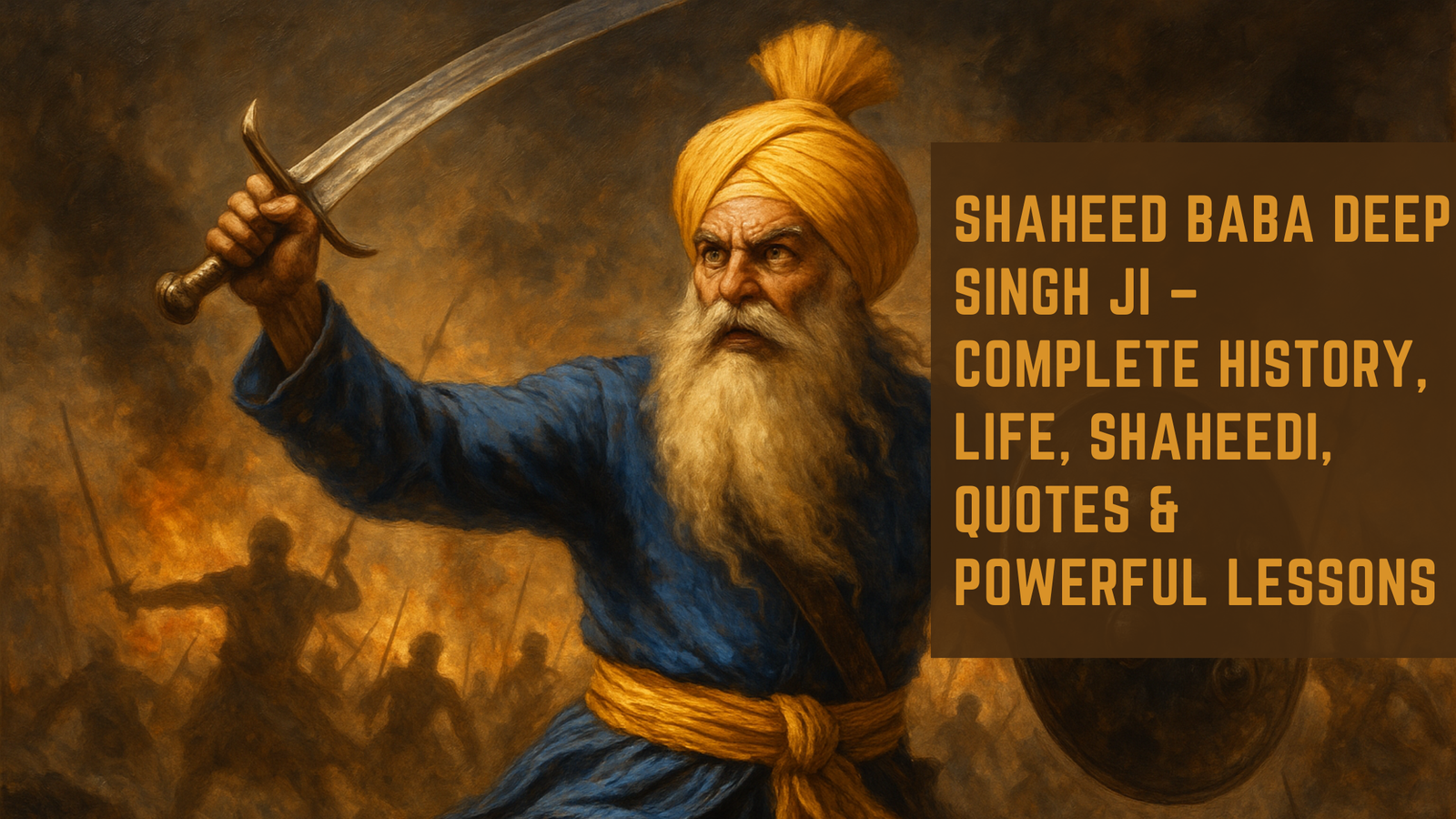
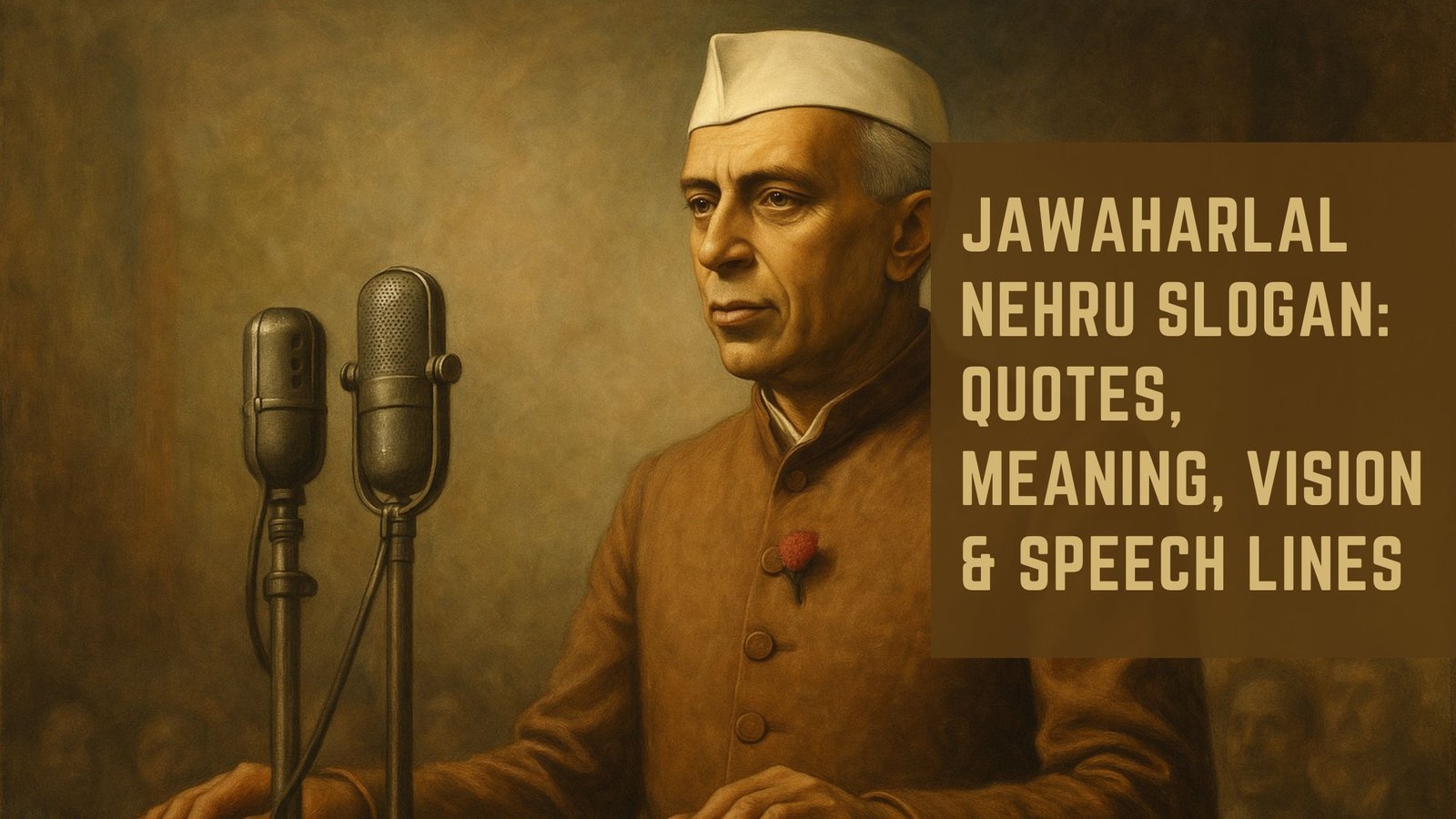


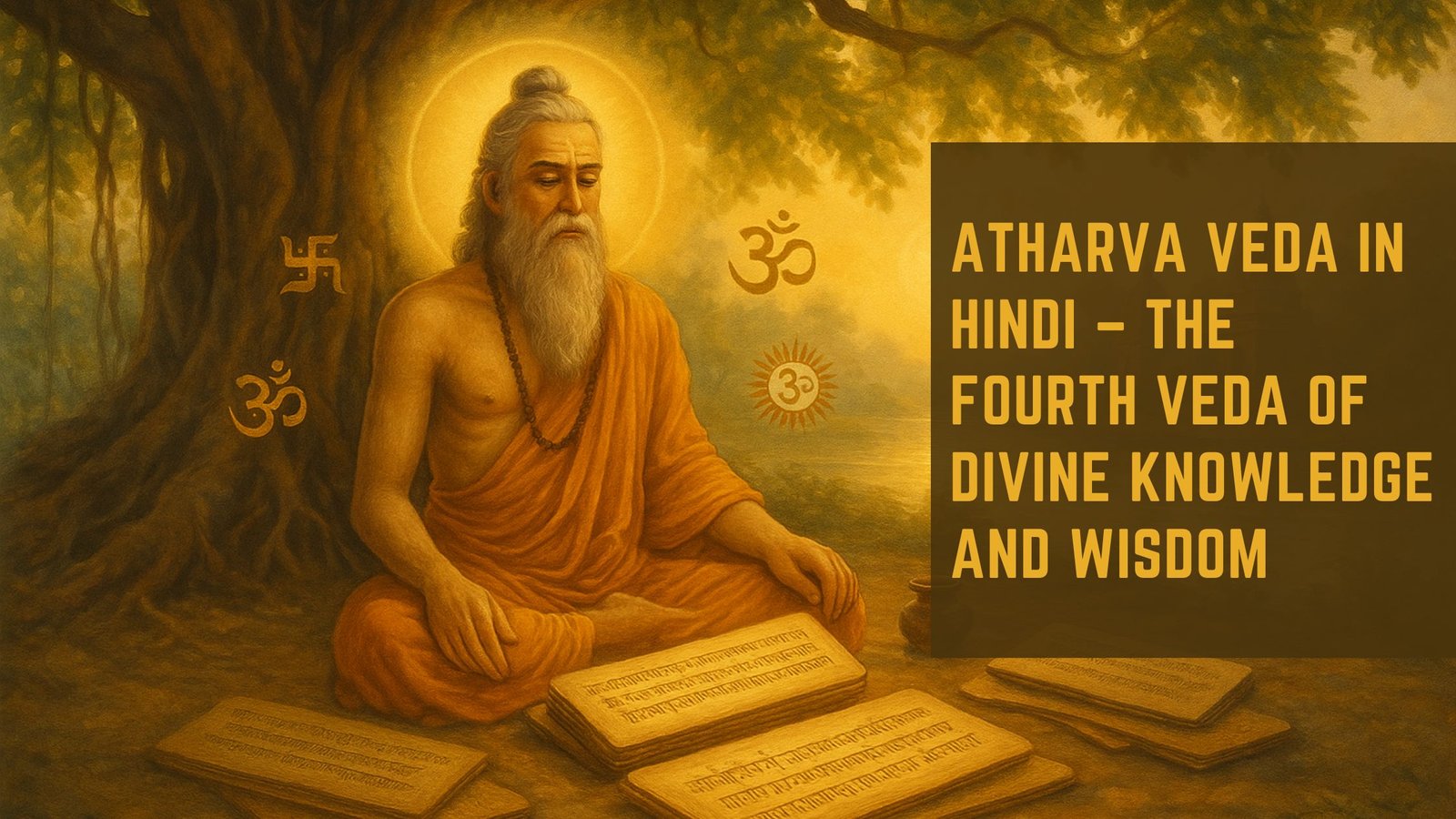

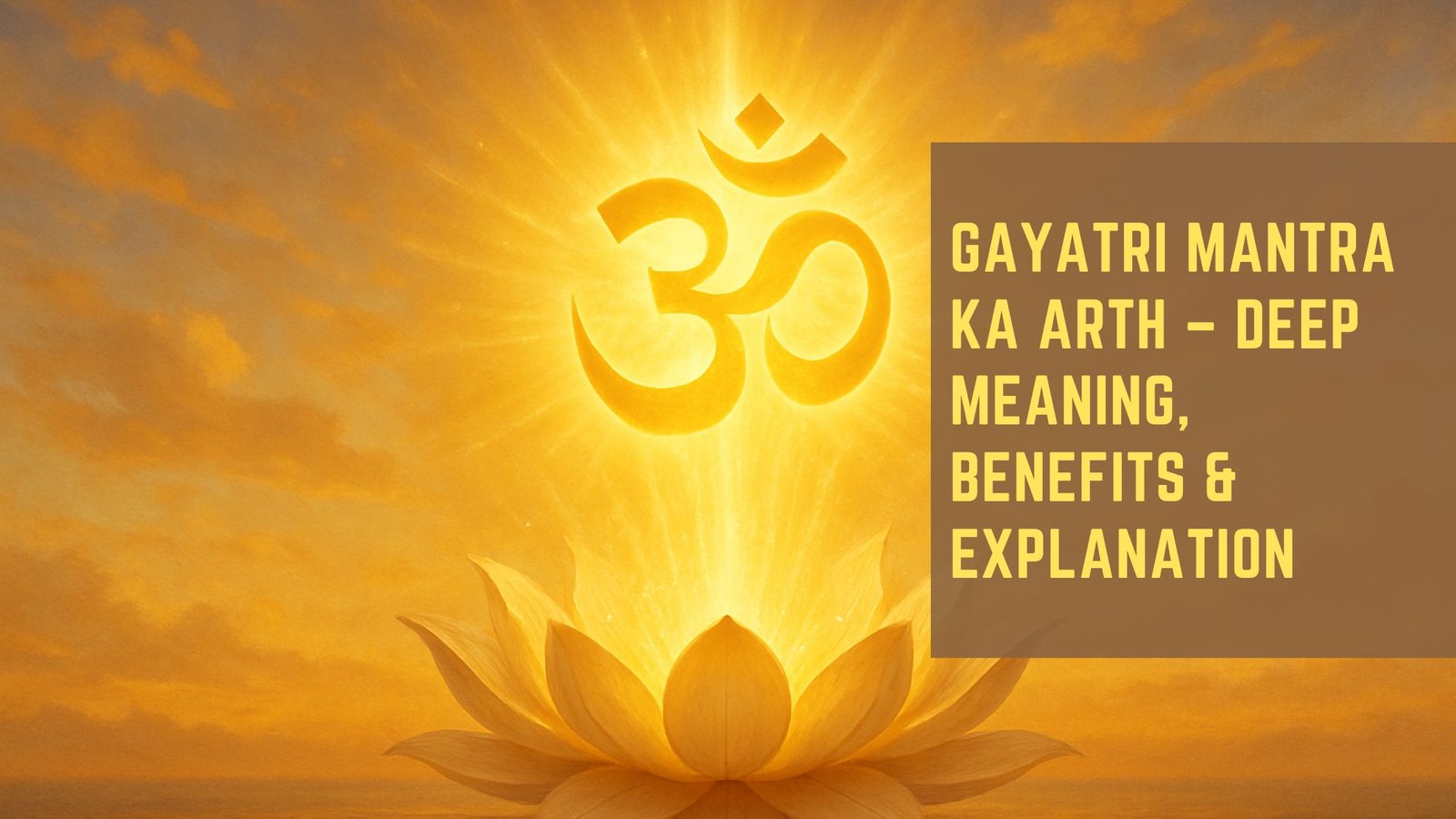
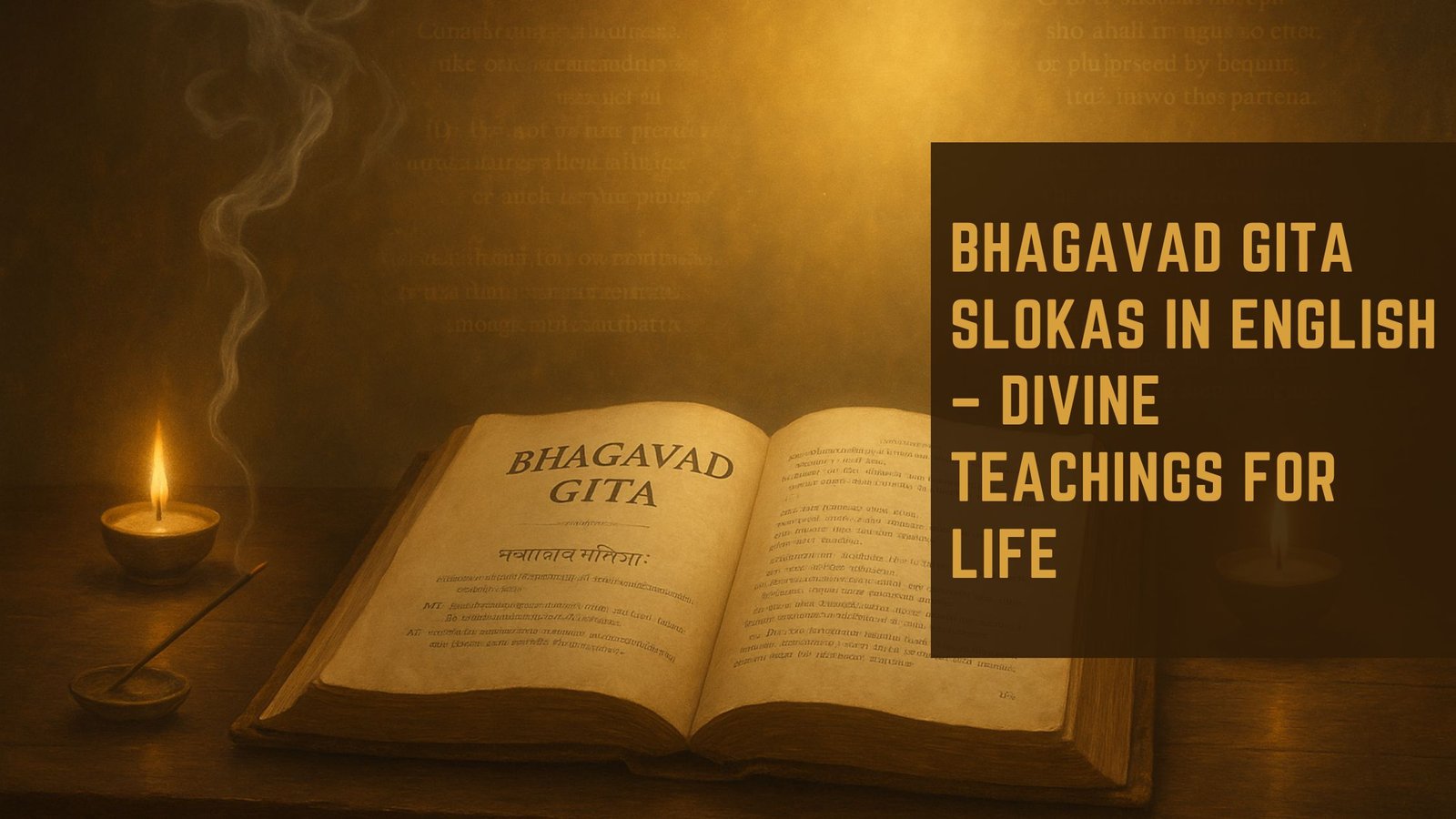


5 thoughts on “Life Lessons from The Gita – Ancient Wisdom for Today”